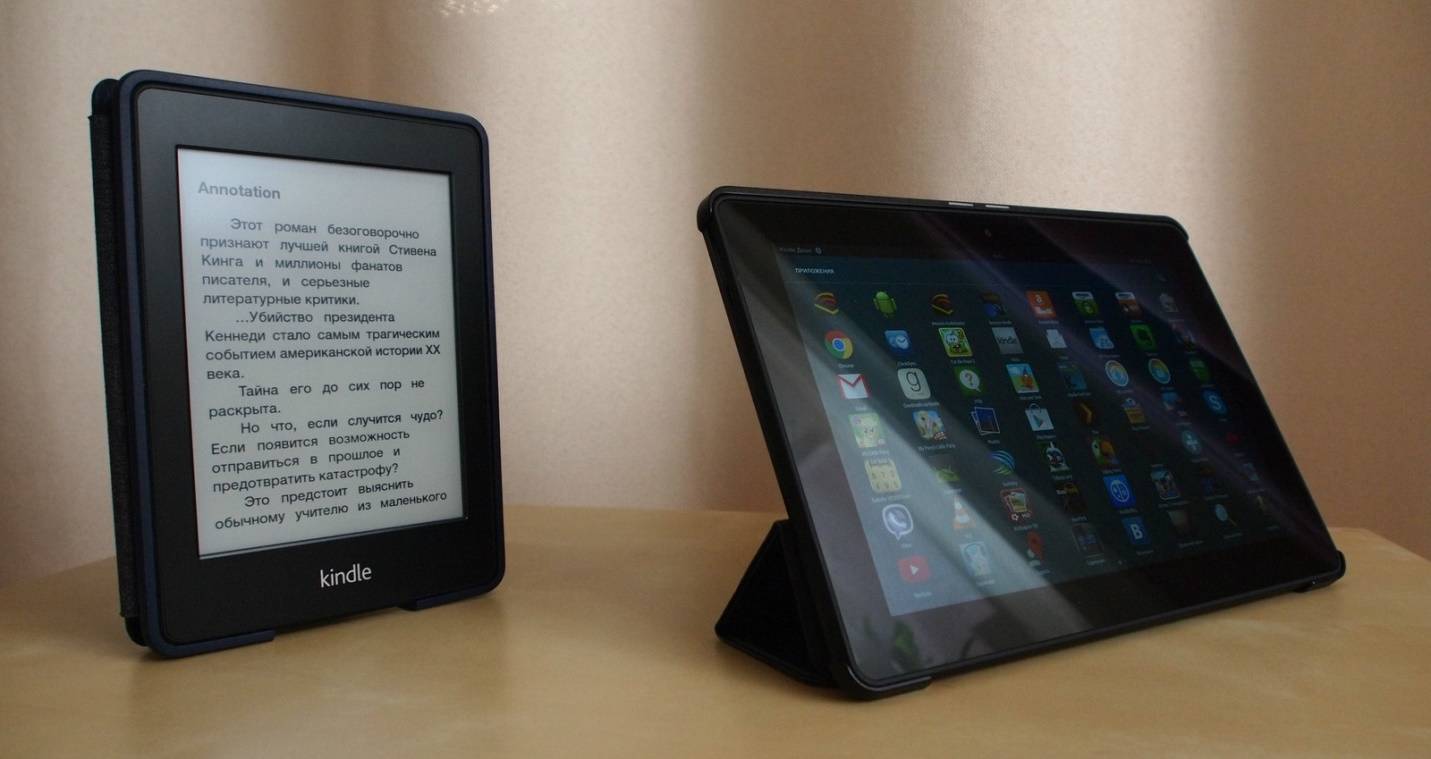
Reading on Tablets: E-Readers vs Multifunctional Tablets
The digital age has revolutionized the way we consume written content, and tablets have played a significant role in this transformation. When it comes to reading digital books, there are two main options: dedicated e-book readers and multifunctional tablets. Each has its own advantages and disadvantages, and choosing between them depends on your preferences and reading needs. In this article, we'll look at the differences between e-readers and multifunctional reading tablets.
E-book readers:
Benefits:
-
E-ink display: E-readers typically feature e-ink displays that mimic the appearance of printed text and are easy on the eyes. They provide glare-free reading even in bright sunlight.
-
Extended Battery Life: E-readers have exceptional battery life, often lasting several weeks on a single charge. This means you can read for long periods of time without worrying about charging.
-
Dedicated reading device: E-book reading devices are designed primarily for reading. They offer distraction-free reading, with no notifications or apps to distract you from your book.
{thirty} -
Lightweight and Portable: E-book readers are lightweight and easy to carry, making them ideal for avid readers who are always on the go.
-
Extensive e-book ecosystem: E-book readers are compatible with a variety of e-book formats and integrate with e-book stores, providing access to vast libraries of digital books.
Disadvantages:
-
Limited functionality: E-readers are dedicated devices and lack the versatility of tablets. You cannot use them for other tasks, such as web browsing, streaming, or productivity.
-
Monochrome display: While E-Ink displays are excellent at displaying text, they are monochrome and cannot display color content or multimedia.
Multifunctional tablets:
Benefits:
-
Versatility: Multifunctional tablets can do it all. Besides reading, they can be used for web browsing, streaming, productivity, gaming and more.
-
Colorful and Interactive: Tablets with LCD or OLED displays feature vibrant colors and can display multimedia content, including videos, interactive e-books and magazines.
-
App Integration: Tablets provide access to a wide range of apps, including e-reader apps, meaning you can use one device for multiple purposes.
-
Greater display options: Tablets often come in larger sizes, allowing for a more immersive reading experience, especially for graphic novels, magazines, or textbooks.
Disadvantages:
-
Screen glare: Tablets with LCD or OLED displays may suffer from screen glare, making them less suitable for long periods of outdoor reading.
-
Battery life: All-in-one tablets have limited battery life compared to e-readers. You may need to charge them daily, depending on usage.
-
Distractions: The versatility of tablets can be a double-edged sword. Apps, notifications, and other distractions can interfere with your reading.
-
Weight and size: Tablets tend to be heavier and bulkier than e-readers, which may not be as comfortable for long reading sessions.
Conclusion:
Choosing between an e-book reader and an all-in-one reading tablet ultimately comes down to your reading habits and preferences. If you're an avid bookworm who values authentic communication with minimal distractions, then an e-book reader is a great choice. On the other hand, if you need a device that can handle a variety of tasks and media types, a multifunction tablet offers versatility.
Many readers find that owning both types of devices best suits their needs, using an e-reader for focused reading and a tablet for multimedia content and other activities. Whatever you choose, remember that the most important thing is to enjoy reading, whether it's a dedicated e-reader or a multifunctional tablet.






